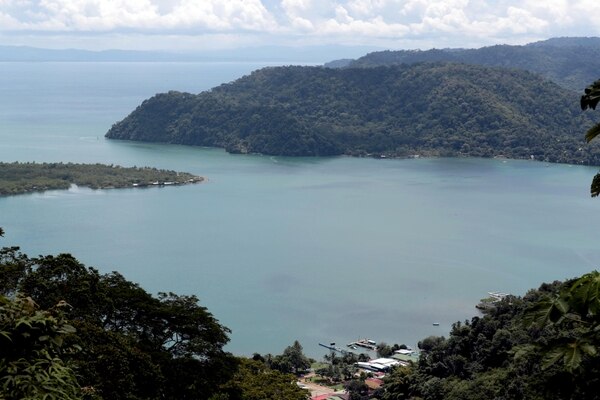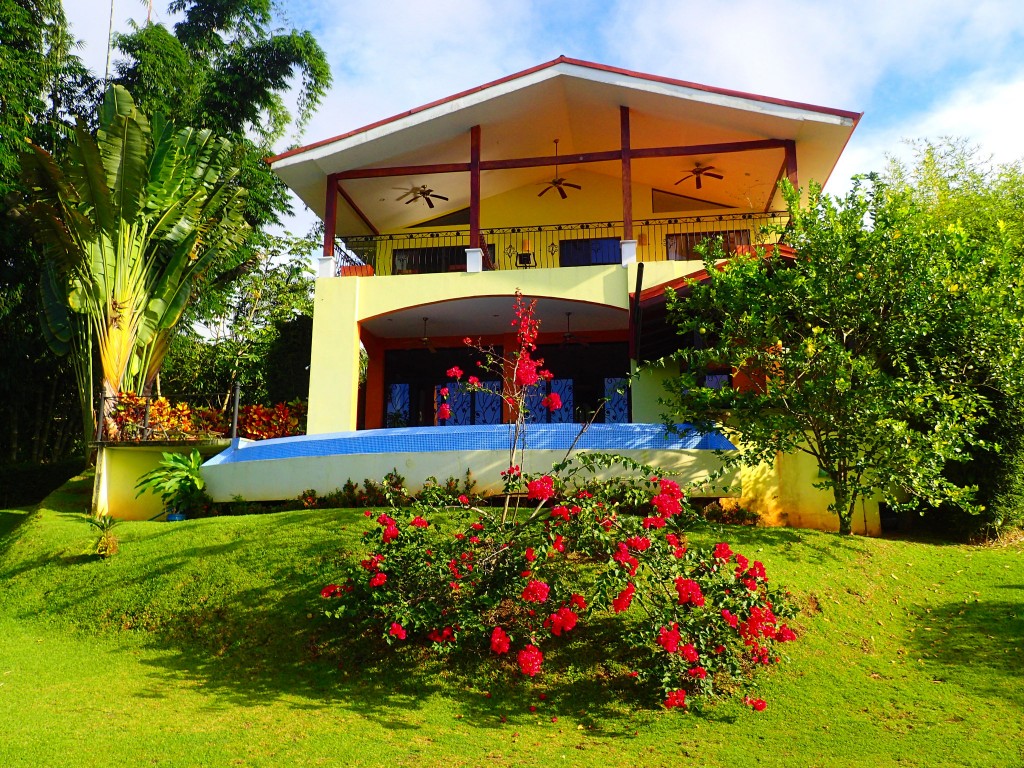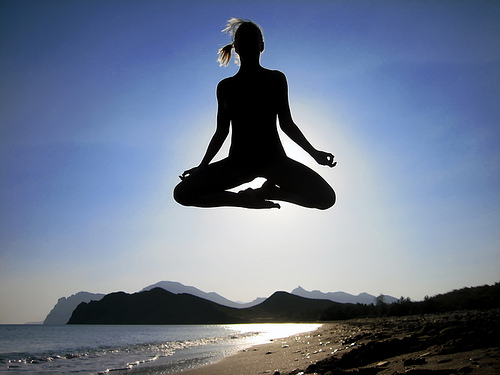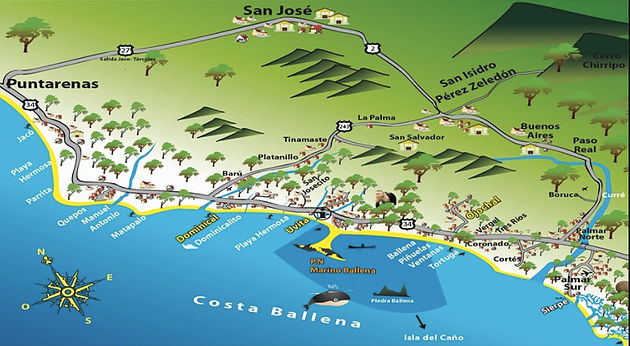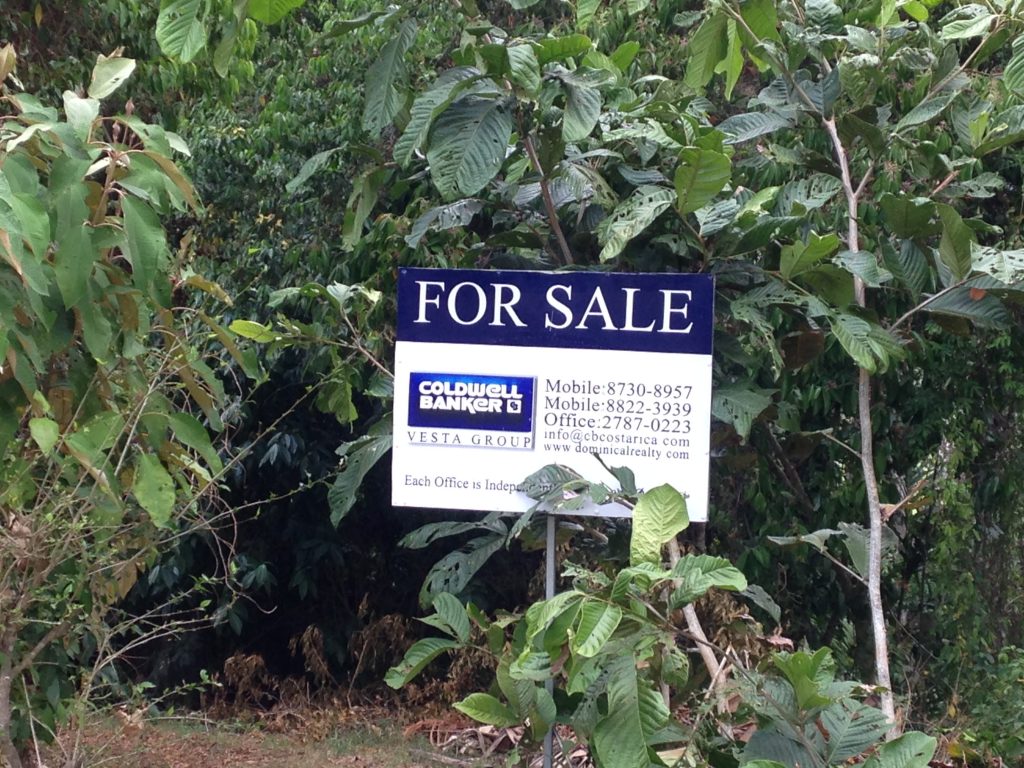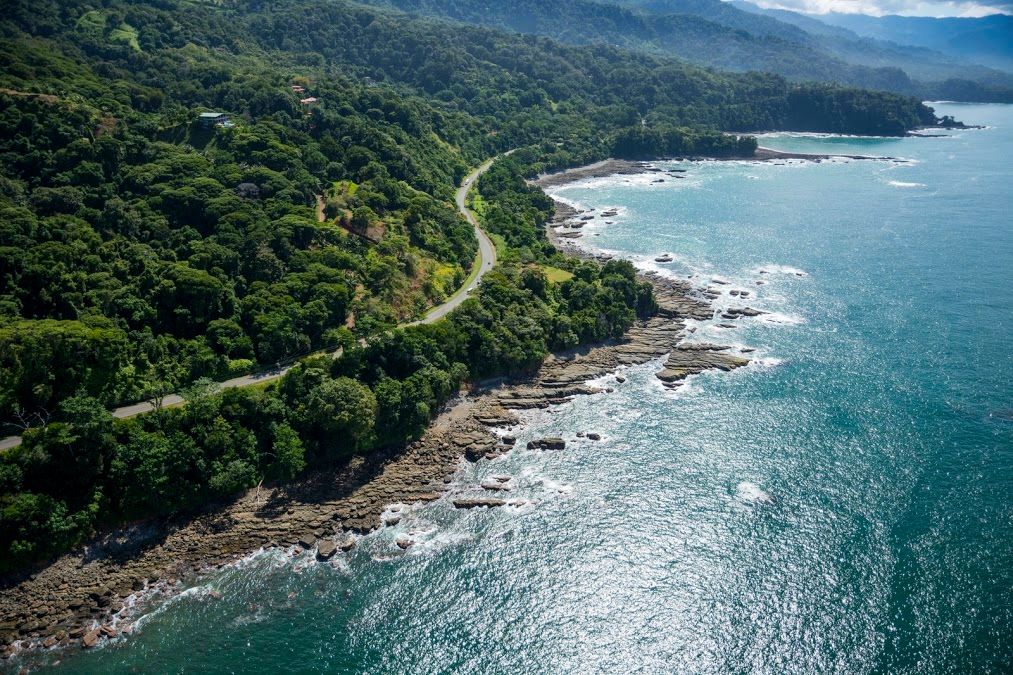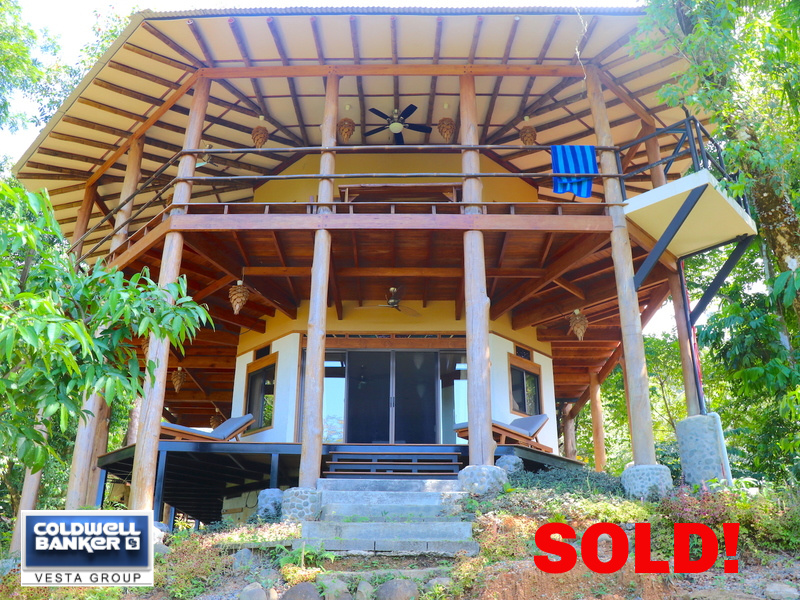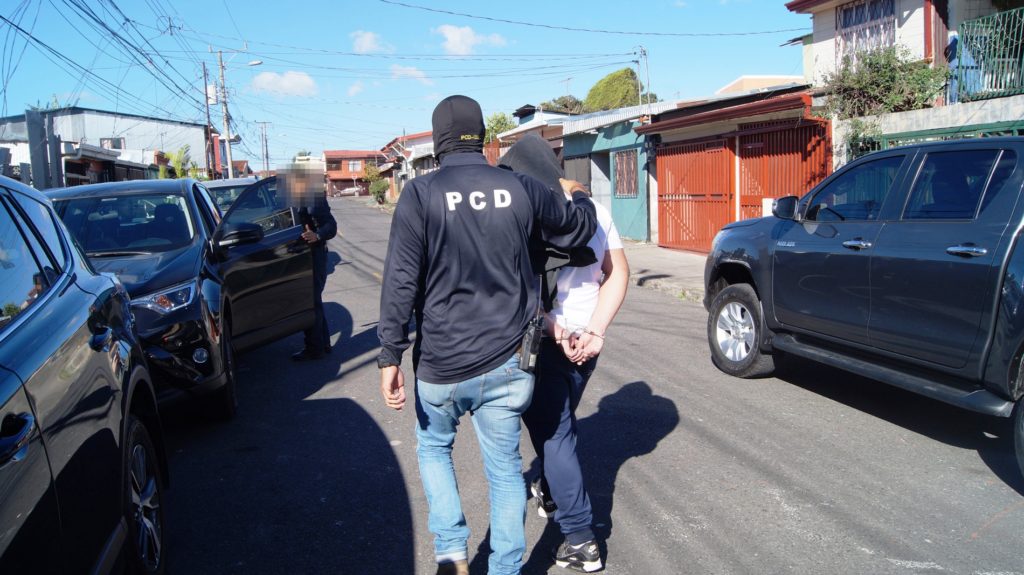
I was having a beer last night with a friend when an older gentleman, who used to be a neighbor of mine when I first moved to Perez Zeledon, happened by. He proceeded to tell a harrowing story about how he had recently been viciously attacked…
He’d been playing (and winning) in the local casino. By the end of his evening of fun he had a wad of cash to show. It just so happened that this tico (whom he knew) was watching his good luck unfold. While inside the casino, the older gentleman had his dog out in the car with the windows partially down. Well, this tico guy goes out there and gets the door opened and hides in the back seat.
On the way home, the older gentlemen was grabbed from behind by the guy hiding in the back seat who held a knife to his throat. “Give me all your money”, the assailant demanded. This older gentleman is a tough old retired police officer from a U.S. big city and he was not about to give up the dough without a fight. Anyway, he ended up pretty beaten up and stabbed in the stomach. The idiot that had hidden in the back seat was ultimately apprehended. He still has not spend a day in jail over it.
Now, all that sounds pretty bad, doesn’t it? Shit, it even scared the hell out of me…
So, is Costa Rica dangerous, really?
Well, yes it is.
Is Costa Rica dangerous to a greater degree than, say, any big city in the States?
No, I’d say it isn’t. And probably even less so.
The best way to approach this issue is with your eyes open. Costa Rica is a poor county. A good portion of its citizens live in what even the poorest in the U.S. would consider abject poverty. There is a good deal of crime coming from illegal immigration. Costa Rica is a gateway country for drugs moving from the south to the consumption engine of the U.S. There is organized crime and gang activity related to the drug trade. Innocents do at times get caught up in it. A lot of the property crime, especially in expat enclaves and high tourist areas, stems from poor ticos being envious of “rich” gringos coming into their spaces and driving prices through the roof. And also, of course, from criminals taking advantage of the disoriented.
All these are just facts…
But, the predominant culture of the Costa Ricans, the ticos, is peaceful. In fact, it is a much more peaceful general outlook than the average joe from the U.S. harbors. There is very little political violence here. In fact, it is rare to even see two ticos getting into a political argument at all. Bar fights are relatively uncommon, at least in the bars that I go to (note that these days I have no idea what happens after around 8:30 pm!). Ticos don’t, in general, walk around jacked up, wearing a scowl, and looking to punch the first person that dares to invade their constitutionally-granted liberty. And unlike in certain states of the U.S., the vast majority of them aren’t packing!
I believe there are some simple ways to avoid being a victim of crime in Costa Rica.
Here are a few…
Treat people with dignity and respect. A lot of the crime that goes on at the beach along our gorgeous Costa Ballena, where home break-ins are relatively common, is due to “inside jobs.” Sometimes that stems from when a tico worker (derogatorily called a “peon”) is stiffed, or treated disrespectfully. Remember, as much as you might think yourself superior, you are a guest in their country. So, mind your manners and go double-time with the golden rule.
Related to the above, be a humble expat. We gringos have a problem with humility, generally. I guess for good reason we consider ourselves exceptional and sometimes it comes across. That’s not a good attitude to walk around with in Costa Rica. It tends to get the wrong kind of attention, if you know what I mean.
Enjoy yourself, but don’t be stupid. Going out at night and partying is a lot of fun in Costa Rica, especially if you’re younger and your body can still weather the pain and suffering that tends to come the next morning. However, also keep in mind that a lot of the crime you read about happens late at night, to people who might not have all their senses in order due to whatever substance they’ve been consuming. So, if you’re going to party, keep it under control and keep your wits about you.
It can pay to take prudent precautions, but don’t go overboard. For instance, I’ve always kinda lived by the expression I heard early on in my Costa Rica adventure. And that one goes like this, “never tempt a poor person.” Basically that means if you don’t want to lose your shit, then guard your shit. That can range from simply never losing eye contact with it, to installing elaborate home alarm systems. But don’t go making your home look like a drug dealer compound. That will also only attract the wrong type of attention.
And that brings me to this last one. To the extent possible, don’t attract too much attention. That’s another thing we gringos have a penchant for doing. We tend to be louder than the ticos. We tend to be ruder than the ticos. We tend to be flashier than the ticos. We already look and speak differently. All this will attract attention. That might be the result you’re after, but if you attract it from the wrong person, you could end up another victim of crime in Costa Rica.
Costa Rica is a paradise in many respects. I’ve been here going on two decades and it really hasn’t lost any of its luster for me. And yet, I’ve never been a victim of a crime any harsher than losing a laptop. I would imagine being a victim of a violent crime could be a strong motivation to pack up and get the hell out of here.
Truth is, you can get in trouble down here, if you’re not careful. That doesn’t mean you have to come with the expectation of becoming a victim. That type of attitude will also attract the wrong attention.
When it comes to the often asked question, “is Costa Rica dangerous?”, please do understand the risks and act accordingly to avoid them.
